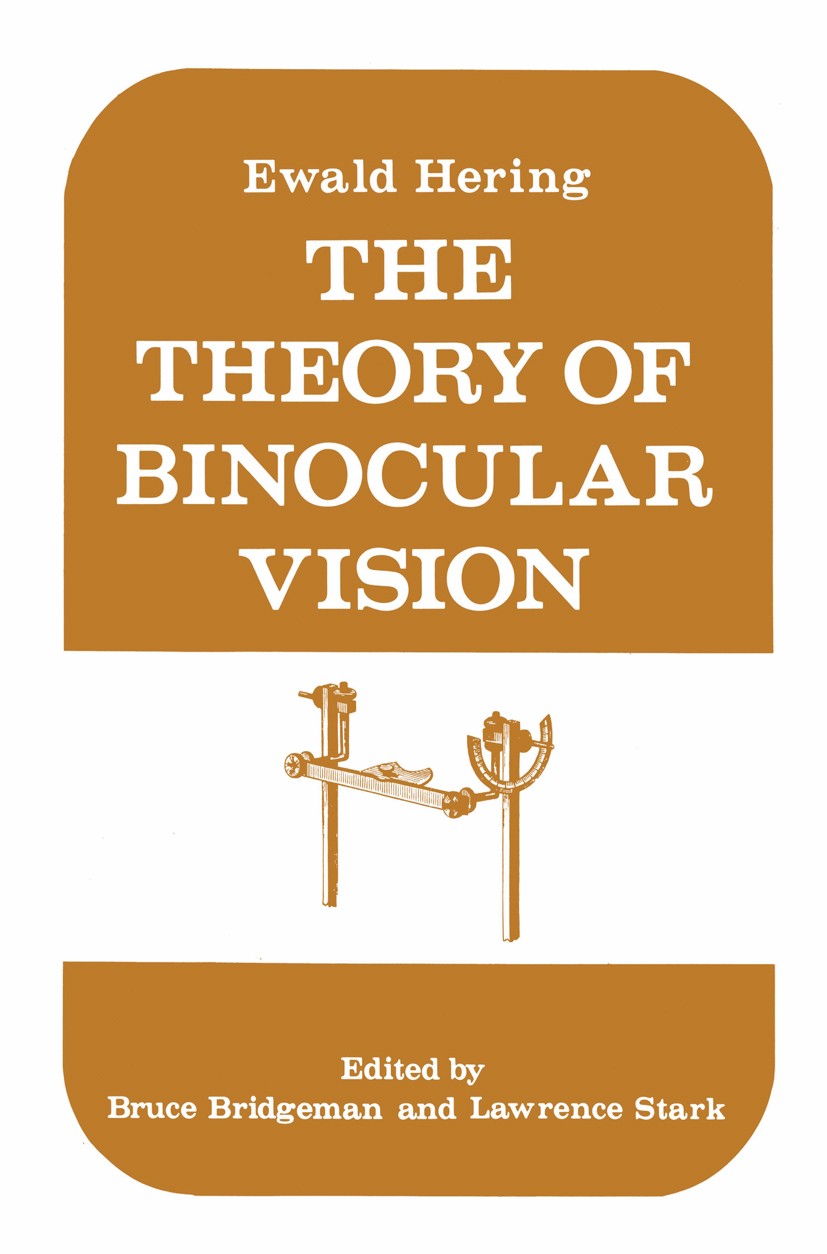| 书目名称 | The Theory of Binocular Vision |
| 副标题 | Ewald Hering (1868) |
| 编辑 | Bruce Bridgeman,Lawrence Stark |
| 视频video | http://file.papertrans.cn/922/921095/921095.mp4 |
| 图书封面 |  |
| 描述 | The Theory of Binocular Vision is a book about neurological control theory. In this sense it was far ahead of its time, for the formal development of control theory was many decades in the future when this book appeared in 1868. Hering‘s principal concept is that the control of eye movements is greatly simplified if there is only one neurological control system commanding the ‘double-eye‘ as a single organ. This idea leads directly to the first thorough exposition of what is now known as Hering‘s law, that the corresponding muscles of the two eyes are always equally innervated. As Hering eloquently states it, "one and the same impulse of will directs both eyes simultaneously as one can direct a pair of horses with single reins" (Ch. 2). The 19th Century The book was written during an exciting era for physiological research. Before the mid-19th century the study of physiology had been limited to isolated efforts by great men who worked largely without colleagues or organized laboratories. Now for the first time of inquiry, with many sensory physiology was becoming a living field groups working simultaneously on fundamental problems. Like the classical Greeks before them in philosoph |
| 出版日期 | Book 1977 |
| 关键词 | development; energy; eye; muscle; organ; pathology; philosophy; physiology; research; retina |
| 版次 | 1 |
| doi | https://doi.org/10.1007/978-1-4613-4148-2 |
| isbn_softcover | 978-1-4613-4150-5 |
| isbn_ebook | 978-1-4613-4148-2 |
| copyright | Plenum Press, New York 1977 |
 |Archiver|手机版|小黑屋|
派博传思国际
( 京公网安备110108008328)
GMT+8, 2025-11-13 19:50
|Archiver|手机版|小黑屋|
派博传思国际
( 京公网安备110108008328)
GMT+8, 2025-11-13 19:50


